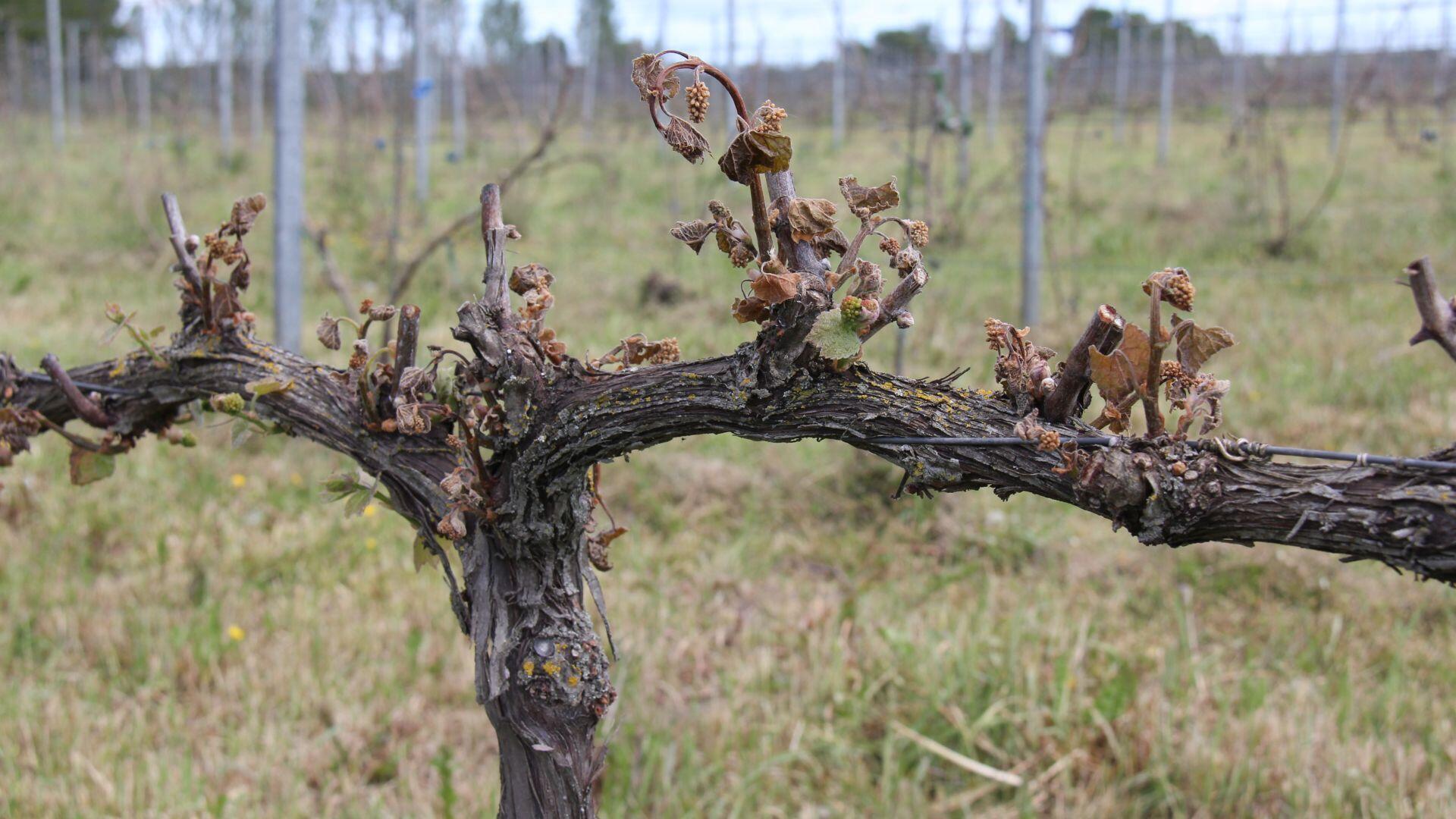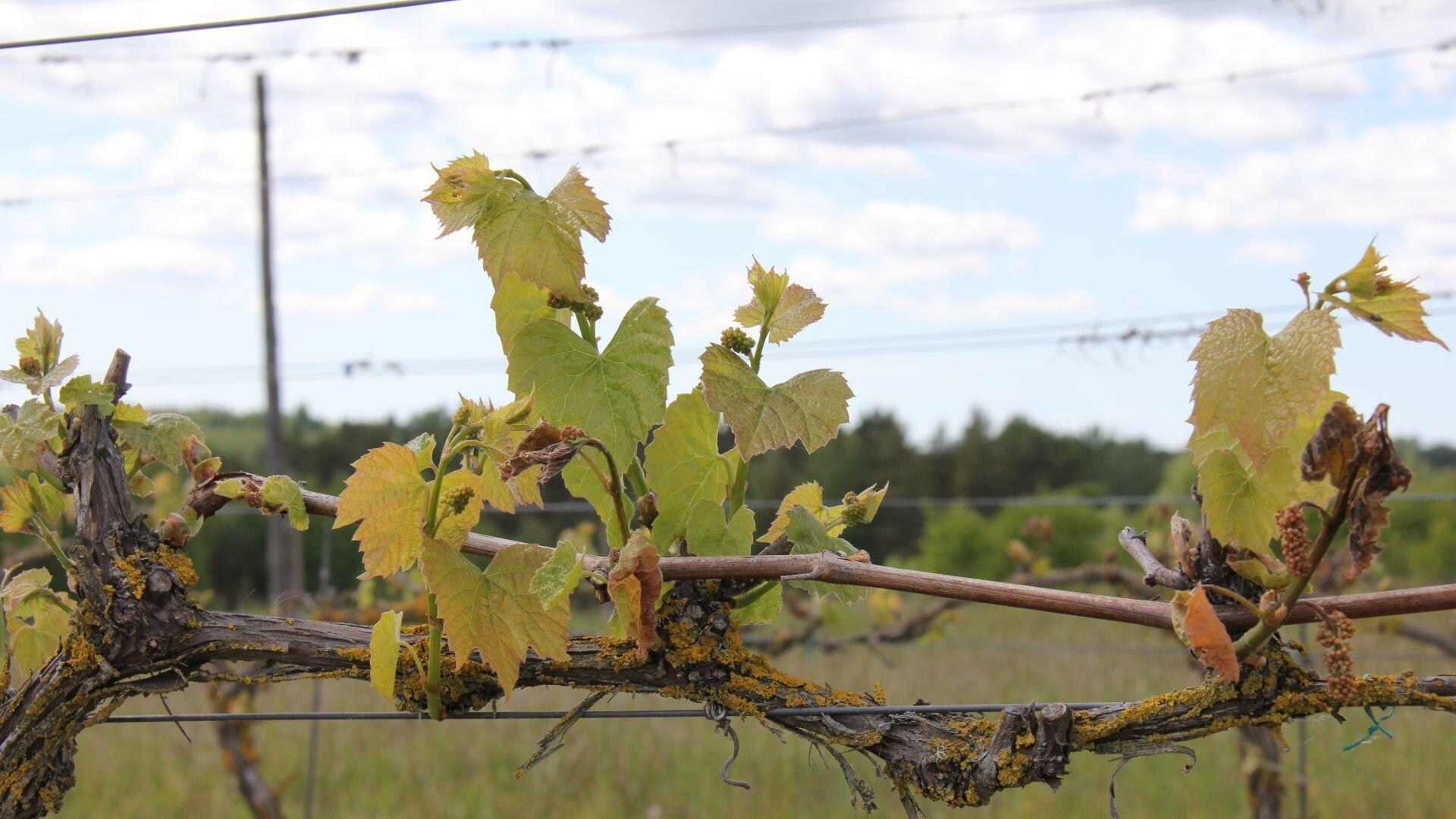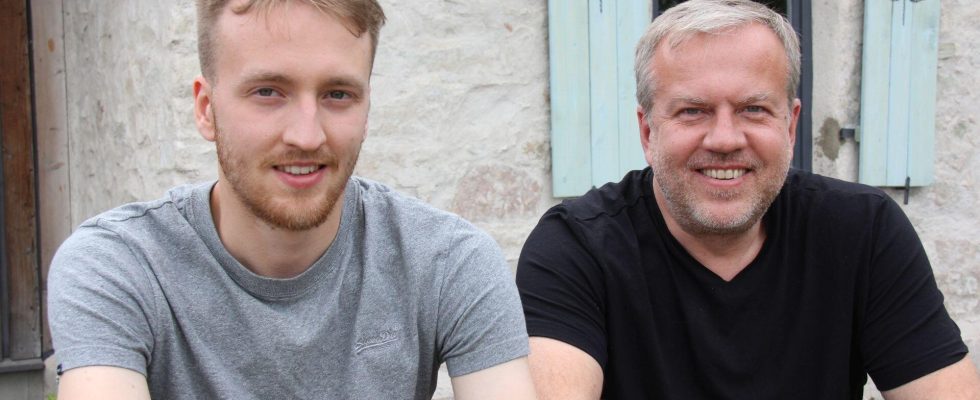Will the vine find its new Eldorado beyond the 57ᵉ north parallel? For Latvian producers, the question no longer arises. For about ten years, they have been producing wine, and even very good wine, based in particular on hybrid grape varieties. A challenge that is still seeking its economic model.
From our special correspondent in Latvia,
The crowded train leaves Riga, the capital, runs along the Baltic Sea coast, goes into the hinterland, then stops at a small 19th century country station in red brick: Tukums 1. parking lot, a young man waits. Blond, slender, his gaze hidden behind his dark glasses, Niklass Barkans, 25, is worried.
For three years, this son of a winegrower, who graduated in viticulture and oenology from the prestigious Plumpton College in the south-east of England, has been working with his father in the family vineyard. The estate is located in the Kurzeme region (Courland), very close to the village of Sabile, 110 kilometers west of the Latvian capital.
Vines above the 57th parallel north
It is there that we go by a secondary road with impeccable asphalt, built, like so many other Latvian roads, thanks to European funds. Niklass, a convinced European, wanted to study in the UK. Precisely because “ this country is at the forefront of global warming, and understands the benefits that we, the countries of the North, can derive from it “, he believes.
Producing wine beyond the 57th parallel north? It was precisely this crazy idea that prompted his father, Martins Barkans, to sell his shares in the Latvian press agency LETA in 2010 and buy a hectare of land near Sabile. Created from scratch with vines purchased in Germany, the estate now has four hectares, and an additional hectare has just been planted there. Exclusively hybrid and wild grape varieties, resistant to diseases and winter cold. A hybrid vine is not a genetically modified organism, says Niklass, but it is the result of a process of crosses between two species, a cultivated vine Vitis vinifera and a wild vine. The latter are found in the United States or in Asia. Some wild vines in Europe also have this resistance gene.
More and more recurrent spring frosts
The car arrives at the winery. A tall blond with blue eyes comes out of a tasting to greet us briefly. Martins, a dynamic fifty-year-old, is in all his states. His vineyard has just taken a hit from the spring frost. Ababas takes its name from the dragonflies that fly over the valley of the Abava River, whose fertile proximity softens the climate. But this time, the small river could not withstand the temperatures which dropped to –22°C, in March then in June, the last episode having occurred barely three days before our arrival. The frost got the better of part of the vines. We understand better the concern of our young host. He comes back from a short vacation and hasn’t seen anything yet. Admittedly, the company will be able to smooth its losses thanks to the income drawn from its production of ciders and wines made from fruit (in particular rhubarb or apples, from the surrounding orchards). But this frost is a blow for grape wines. Father and son leave to see the extent of the damage.
” Solaris, grape hyacinth, zilga, rondo », Niklass’s arm designates one by one the rows of vines according to the varieties of grapes that grow there. On one plot, Valiant, one of the first hybrid cultivars imported from North America and planted by his father thirteen years ago. Considered the hardiest and most resistant to cold, here it is, or what remains of it: It’s very sad. Do you see those first buds along the vine shoots? They did not even have time to grow in size to open, but were scorched by frost. Some are black, which means they’re already dead », sighs our guide. His gaze is lost in the void. Niklass estimates the loss of grapes between 70% and 80%.

If global warming pushes vineyards towards the extreme regions of the world, it also generates the most unexpected meteorological hazards. “ The weather is playing tricks on us. In recent years, a trend has emerged: the climate is getting warmer, the vegetative cycle of the vine starts earlier and earlier. But, on the other hand, these episodes of frost are becoming more and more frequent. The buds can be protected by sprinkling them with water or lighting candles. But this is very expensive and requires specific equipment. In the future, we will probably bury our vines to protect them from frost in winter. We will have to redouble our efforts, adapt again and again », insists the young winemaker.
Wines from the North
His father arrives in turn in the vineyards. Martins, glaring, contemplates the disaster. In 2021, his estate produced a total of 8 000 bottles. And this 2023 vintage? With a wave of his hand, the winemaker sweeps away our question. He presents his vintages. “ Wines like no other he breathes proudly. Like this ” Solaris 2022 » with notes of white flowers and pronounced acidity, like this sparkling rosé « Zilga with the scent of wild strawberries or even this Rondo 2021 Reserve », fleshy and supple, which can age if you wait for it. They cost between 12.50 euros and 30 euros a bottle.

“ What is the taste of these cuvées from the north compared to wines from the south based on varieties from vitis vinifera ? What else do they have to offer? Consumers crave novelty. However, world viticulture is in reality satisfied with a few so-called international varieties. Georgia, the cradle of world viticulture, is surprising for this. For its impressive number of cultivars and for its ancestral manufacturing methods. Georgian wines are fermented and aged in earthenware jars called kvevris. Latvia has no tradition in this area. The question remains open: should it copy the styles of Western wines, appreciated but known, or write a new page? Our country is located at the latitude of certain regions of Canada, the American Midwest or Sweden. Poland showed us the way when it comes to hybrid grape varieties. I think we are going to hear about this new culture that the wines of the north are writing “says this producer.
Martins and his son Niklass have a strong will to prove that Latvian wines are not a local curiosity, but have a commercial future. “ We know how to make quality wines. It is up to us to sustain our model economically “, he concludes. In addition to the Barkans family, a few other names are worth remembering: Kuzums in Bauska, Miķelsons in Sesava, Lubanas Vinotava in Lubana, Zilver in Sigulda or Ligatne Winery in Augsligatne. Members of Association of Latvian Winegrowers and Wine Producersthese areas open their doors to visitors.

